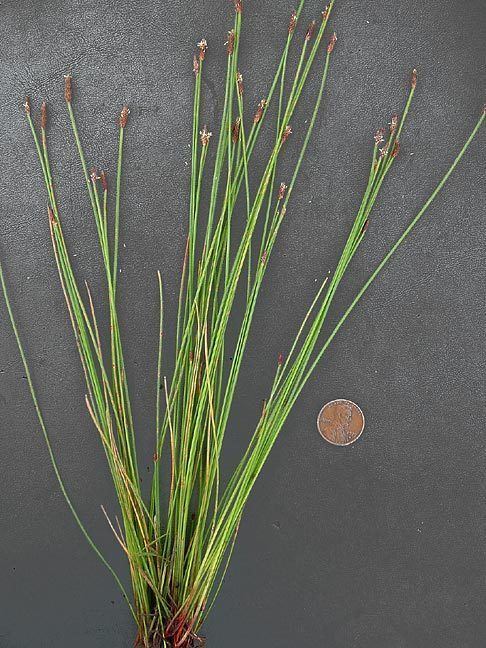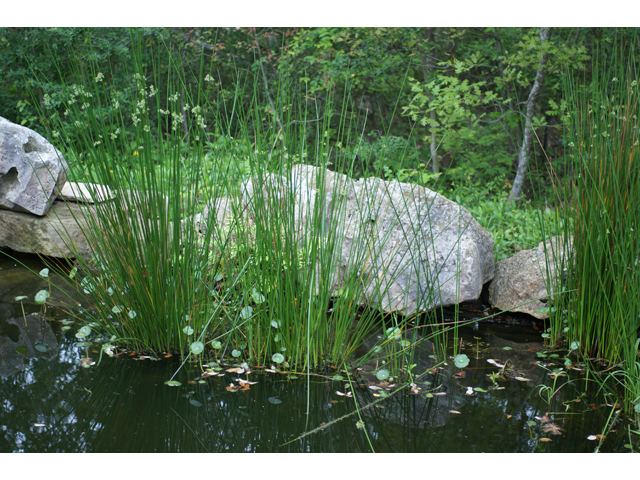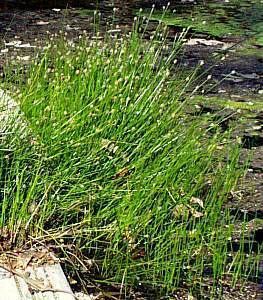Rank Species | Genus Eleocharis Higher classification Eleocharis | |
Similar Eleocharis, Eleocharis vivipara, Sedges, Eleocharis rostellata, Eleocharis quadrangulata | ||
Eleocharis montevidensis is a species of spikesedge known by the common name sand spikerush. It is a widespread coastal plant native to the Americas. It grows in moist, sandy spots in many habitat types, including lakes, riverbanks, wet meadows, and springs. It has a disjunct distribution, in North America (southern United States from California to the Carolinas, Mexico, Guatemala, Honduras) and South America (Brazil, Peru, Argentina, Uruguay).
Contents

Description

Eleocharis montevidensis is a rhizomatous perennial herb forming tufts or mats of erect, firm stems up to half a meter tall. The narrow grasslike leaves are dark purplish or reddish brown at the bases, becoming lighter in color toward the tips, and drying to a thin, papery texture. The inflorescence is an oval-shaped spikelet appearing at the tip of the stem. It is under a centimeter long and made up of several flowers covered in brownish bracts.
Eleocharis montevidensis have often been called either E. montana or E. palmeri in some North American publications.
Cultivation
It is sometimes cultivated as an aquatic plant for water gardens.




